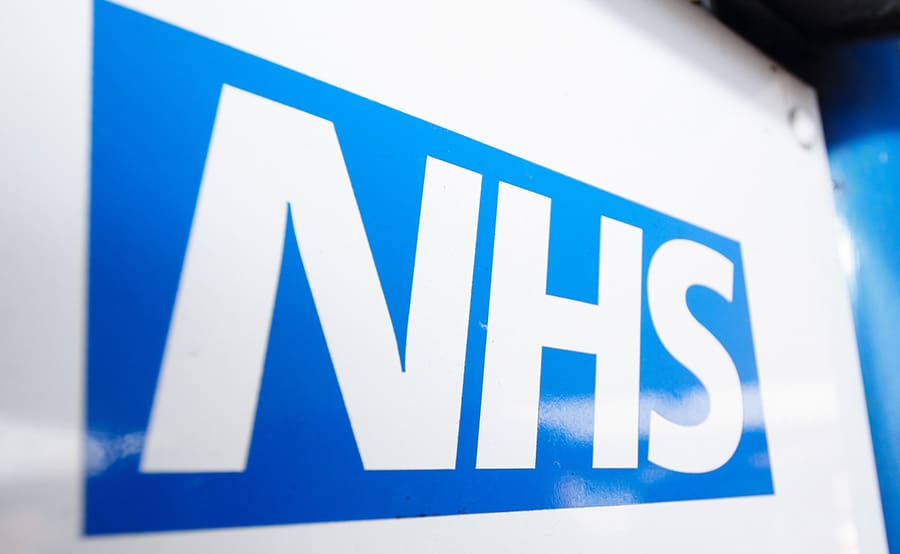NHS delivers on ambition of 5,000 more permanent beds

As part of its urgent and emergency care (UEC) recovery plan, the NHS has met its target of 5,000 additional permanent, staffed beds this winter.
New figures from NHS England show that for the week commencing 15 January 2024, hospitals across the country had an average of 99,750 core beds in place each day – up 2,000 since the start of the year (97,619 for the week ending 31 December) to align with the expected peak in Covid and flu admissions.
However, the data also shows rising demand due to seasonal pressures, with the number of people in hospital with flu at the highest it has been all winter.
The NHS committed to an additional 5,000 ‘core’ beds to increase the level of permanent, staffed, and sustainable beds over winter, as opposed to relying on escalation beds that are normally stood up during periods of extreme pressure.
The 5,000 extra beds ambition was against a baseline of 94,500, the original level of core beds planned by NHS trusts in 2022/23.
This significant boost means the NHS now has a total of 103,277 general and acute beds in place – more than 1,800 more than the same week last year. Occupancy has remained high this winter, with over 2,000 more patients in hospital each day last week compared to the same period last winter.
The NHS’ latest published data shows demand remains high. In the week ending 21 January, more than 19 in every 20 adult beds were occupied. While the number of people in hospital when medically fit to be discharged has continued to increase, with an average of 14,436 remaining in hospital each day – the largest number this winter, and higher than any week last winter.
One year on from the UEC recovery plan, the NHS has rolled out new ways of working as well as bringing in more capacity, including meeting its aim of 10,000 virtual ward beds ahead of target.
NHS hospital teams have found new and innovative ways to roll out extra beds, with Barnsley Hospital refitting and refurbishing two wards to put in place 38 extra beds, while Milton Keynes University Hospital NHS Foundation Trust has rolled out 22 new beds, including a patient discharge facility and additional winter beds dedicated for paediatric patients.
Before Christmas, Queen’s Hospital in Romford opened a new surgical assessment unit with 10 beds, while Whipps Cross and Royal London Hospitals have carried out a refurbishment programme meaning patients across Barts Health NHS Trust are benefiting from 32 additional beds.
Liverpool University Hospitals Foundation Trust has opened an additional 58 general and acute beds across their hospital sites compared to December, helping to deal with the increased pressures.
NHS Chief Executive Amanda Pritchard said: “Today’s figures show that thanks to the remarkable hard work of NHS staff, we have now rolled out an additional 5,000 extra ‘core’ beds – permanent, staffed beds – which, alongside the other measures in our plan, are helping the NHS better manage increased winter pressures, significant demand, and rising numbers of patients with seasonal viruses.
“They also reveal why the NHS needed to grow its capacity – with more than 19 in 20 adult beds occupied last week, as staff deal with increased demand, fuelled by rising numbers of flu admissions.
“We know NHS staff are working tirelessly to deliver the best possible care under real pressure. And by boosting capacity alongside other key steps in the recovery plan, we have seen improved waiting times for patients, which were better every month in 2023 than the year before. Category 2 ambulance response times were also an average of 47 minutes faster in December 2023 than in December 2022.
“But we know there is still further to go, which is why we will continue to expand these measures in the coming months.”

